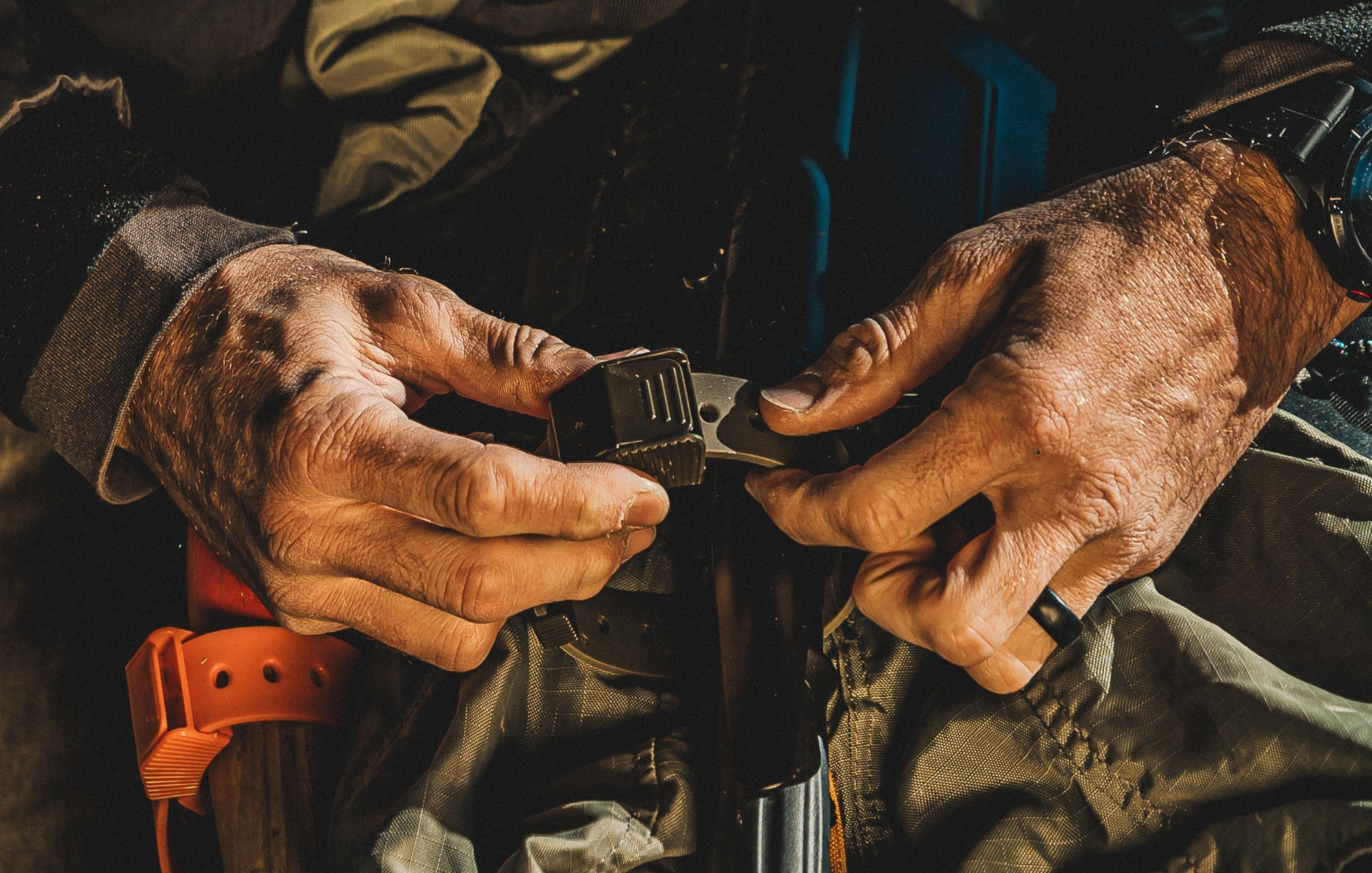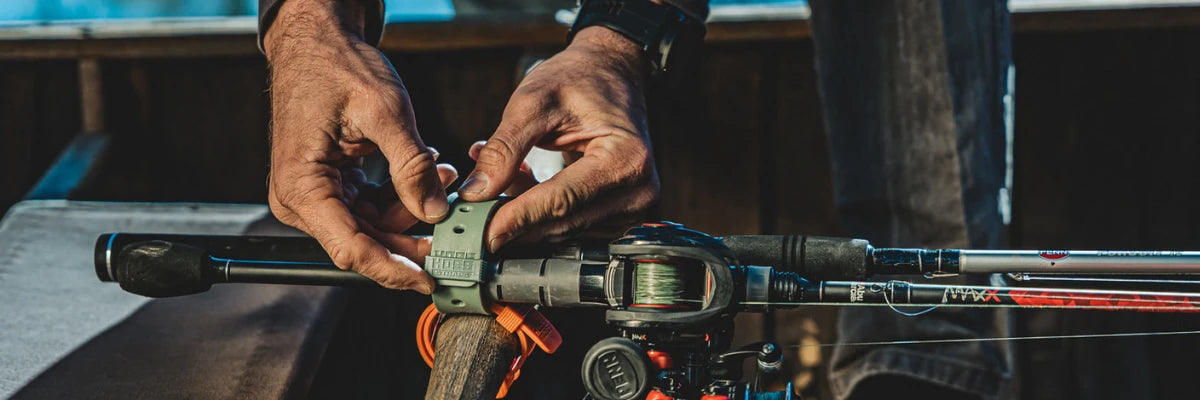Lightweight Collar for Dogs: Expert Recommendations and Buying Guide

Check out our training collar setup, d-ring dog collar, and easy dog collars built for comfort.
If you're a first-time dog owner, you've probably realized that choosing gear for your new companion involves more decisions than you expected. One of those choices—picking the right collar—matters more than you might think. A lightweight collar isn't just about comfort; it's about setting your dog up for success during training, daily walks, and everyday wear. This guide walks you through everything you need to know to make the right choice for your pup.
Why First-Time Dog Owners Should Choose Lightweight Collars
Comfort During the Adjustment Period
Your new dog is already dealing with a lot: a new home, new people, new routines. Adding a heavy or uncomfortable collar to that mix can create unnecessary stress. Research shows that puppies and newly adopted dogs benefit from gradual, positive introductions to gear, and a lightweight collar makes that transition smoother. Your dog won't feel weighed down, which means they're more likely to accept wearing it without complaint.
A lightweight collar also reduces the sensation of constant pressure on the neck, which is especially important during the critical early weeks when your dog is still getting used to being controlled on leash during walks.
Safety for Growing Necks
Puppies grow fast, and their necks are still developing. A heavy collar can place unnecessary strain on the neck muscles and joints during the crucial growth phase. Lightweight collars reduce this physical stress while still providing the control and identification you need. This is particularly important for larger breeds that experience rapid growth spurts in their first year.
Daily Wear Without Complaint
The best collar is one your dog will actually tolerate wearing. A lightweight design means your dog won't try to slip out of it, shake it off, or show signs of discomfort during extended wear. This consistency makes training more effective and helps establish good habits early.
Key Features to Look for in a Lightweight Collar

When you're shopping for a lightweight collar, focus on these essential features:
Lightweight Materials
The best lightweight collars use materials like nylon, canvas, neoprene, or hemp. Nylon collars are affordable, durable, and easy to clean—making them popular for puppies who are still learning house manners. Canvas and neoprene offer similar benefits with added breathability, while hemp collars provide a natural, eco-friendly option.
Soft Padding or Non-Chafing Design
Even lightweight collars need comfort built in. Padded collars distribute pressure evenly around the neck, reducing chafing and irritation. This is especially important if your dog has sensitive skin or if you plan to leave the collar on for extended periods.
Quick-Release or Easy Buckles
Safety matters. A quick-release buckle means you can remove the collar fast if your dog gets caught on something, and an easy-to-use closure makes daily adjustments simpler as your puppy grows.
Reflective Elements
Reflective strips or stitching make your dog visible during early morning walks or evening outings, adding a layer of safety without adding weight to the collar.
Top Lightweight Collar Materials Explained
Nylon
Nylon is the workhorse of dog collars. It's lightweight, affordable, and incredibly easy to clean—just wipe it down or toss it in the washing machine. Nylon collars are weather-resistant and hold up well to daily wear, making them ideal for puppies and active dogs.
Neoprene-Padded Collars
If your dog has a sensitive neck or you want extra comfort without bulk, neoprene padding is a great choice. The padding cushions the neck while the lightweight base keeps the overall weight down. These collars are also water-resistant, which is helpful if your dog loves splashing in puddles.
Canvas
Canvas collars offer breathability that nylon sometimes lacks. They're also hypoallergenic, making them a solid choice if your dog's skin gets irritated easily. Canvas is washable and durable, holding up well over time.
Leather
Leather collars are durable and naturally hypoallergenic. However, they require more maintenance than other materials and are typically heavier. Leather collars are better suited for adult dogs than puppies, as they can develop a patina over time that many owners appreciate.
How to Measure and Fit Your Dog's Collar Correctly
Getting the fit right is critical. A collar that's too tight can choke your dog, while one that's too loose can slip off.
The Two-Finger Rule
The gold standard for collar fitting is the two-finger rule: you should be able to fit two fingers comfortably between the collar and your dog's neck. This allows for comfort and movement while preventing the collar from slipping over the head.
Step-by-Step Measuring Guide
-
Use a soft measuring tape (or a phone charger cable, which works surprisingly well) to measure around your dog's neck where the collar would sit.
-
Add one inch to that measurement to account for the two-finger space.
-
Check the sizing chart that comes with your collar choice. Different brands have different width options.
-
Try it on your dog and verify the two-finger fit.
Common Sizing Mistakes First-Time Owners Make
Many new dog owners make one of these mistakes:
-
Ordering by age instead of actual neck measurement. A 6-month-old puppy can vary wildly in size depending on breed, so always measure.
-
Assuming your dog will grow into a larger size. You'll need to upgrade collars as your puppy grows—plan for this expense.
-
Leaving too much room "just in case." A loose collar can slip off during walks or get caught on things, creating a safety hazard.
Sizing Chart by Weight (General Guide)
| Dog Weight | Typical Neck Size | Recommended Collar Width |
|---|---|---|
| Under 10 lbs | 6–8 inches | 3/8 to 1/2 inch |
| 10–25 lbs | 8–12 inches | 1/2 to 3/4 inch |
| 25–50 lbs | 12–16 inches | 3/4 to 1 inch |
| 50+ lbs | 16–24 inches | 1 to 1.5 inches |
Remember: this is a general guide. Always measure your individual dog's neck.
Lightweight Collars vs. Harnesses: When to Use Each
New dog owners often wonder whether they should invest in a collar, a harness, or both. The answer depends on your dog's needs and your training goals.
When a Collar Is the Right Choice
Collars are ideal for everyday wear, identification, and basic training. They're lightweight, easy to put on, and allow for direct communication through the leash during walks. A collar also holds your dog's ID tags, making it the practical choice for most first-time owners.
When a Harness Works Better
Harnesses distribute pulling force across the chest and shoulders rather than the neck, making them better for dogs that pull hard during walks or have respiratory issues. Harnesses also provide more control for very large or strong dogs.
Using Both Together
Many experienced dog owners use both: a lightweight collar for ID and everyday wear, and a harness for training walks or situations where extra control is needed. This combination gives you flexibility and keeps your dog safe in different scenarios.
Maintenance Tips for Your Lightweight Collar

How to Clean Based on Material Type
-
Nylon collars: Machine wash on a gentle cycle or hand wash with mild soap. Air dry.
-
Neoprene-padded collars: Wipe with a damp cloth and air dry to preserve the padding.
-
Canvas collars: Machine wash gently or hand wash. These handle frequent washing well.
-
Leather collars: Spot clean with a damp cloth and apply leather conditioner periodically.
When to Replace as Your Dog Grows
Your puppy's neck will grow quickly. Check the fit every 2–3 weeks during the first year. When you can no longer achieve a proper two-finger fit, it's time to size up. This is normal and expected with puppies—budget for 2–3 collar upgrades during the first year.
Signs Your Collar Needs Upgrading
-
The collar is visibly fraying or worn
-
You can't achieve a proper two-finger fit even at the loosest setting
-
Your dog shows signs of discomfort or irritation around the neck
-
The collar is stained or smelly despite cleaning efforts
Conclusion
Choosing a lightweight collar for your first dog doesn't have to be complicated. Focus on comfort, proper fit, and quality materials, and you'll have a collar that works as hard as you do to keep your dog safe and happy. A lightweight design is kinder to your dog's neck during this critical growth phase, and it sets a positive foundation for their relationship with wearing gear.
Ready to find the perfect lightweight collar for your pup? Explore Hoss Straps collars and discover a range of options designed with real dogs and real owners in mind.
Frequently Asked Questions
1. What makes a lightweight collar different from a regular collar?
A lightweight collar uses materials like nylon, canvas, or neoprene instead of heavier leather or thick fabric. The advantage is that it reduces strain on your dog's neck during walks and training while still providing proper identification and control. Lightweight collars are especially beneficial for puppies whose necks are still developing.
2. Can I leave a lightweight collar on my dog all day?
Yes, a properly fitted lightweight collar can stay on during the day. However, it's a good practice to remove the collar during unsupervised play or sleep time to prevent accidental snagging or injury. Check regularly for signs of irritation, and always maintain the proper two-finger fit to prevent chafing.
3. How often should I check if my puppy's collar still fits?
During your puppy's first year, check the fit every 2–3 weeks, especially during growth spurts common in large breed puppies. Puppies can grow rapidly, and a collar that fit perfectly last month might be too tight this month. Once your dog reaches full adult size, you'll only need to check occasionally or if you notice signs of discomfort.
4. Are lightweight collars safe for training and walks?
Absolutely. Lightweight collars provide reliable control and safety during walks and training sessions. The key is proper fit and using appropriate leash techniques. For dogs that pull excessively, you might consider pairing your lightweight collar with a harness for added control and comfort.
5. What's the best lightweight collar material for dogs with sensitive skin?
Canvas and neoprene-padded collars are excellent choices for dogs with sensitive skin. These materials are hypoallergenic and breathable, reducing the risk of irritation. Avoid nylon collars with rough stitching if your dog has known sensitivities. Always monitor your dog's neck for signs of rubbing or irritation, and adjust or switch materials if needed.







